Advices
For those who treat their vehicle with the care it deserves, this is your definitive source for clear, expert-backed maintenance advice. We cut through the guesswork to deliver fast, substantial solutions for optimal engine health, tackling everything from routine checks to resolving complex issues like persistent DPF failures at their root cause. Ensure your car delivers peak performance, reliability, and longevity with guidance you can trust.
Diesel -DPF-
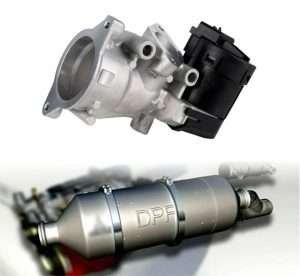 Diesel Particulate Filter problems and maintenance guide: DPF systems have become a necessary component in modern diesel engines, mandated by global emissions standards to reduce harmful soot particles. While essential for environmental protection and legal compliance, these filters are notorious for causing frustrating breakdowns, reduced performance, and costly repairs. In this comprehensive guide, we’ll explore why DPFs fail, provide insider maintenance tips that can save you hundreds, and reveal effective solutions to extend your filter’s lifespan and prevent recurring issues.
Diesel Particulate Filter problems and maintenance guide: DPF systems have become a necessary component in modern diesel engines, mandated by global emissions standards to reduce harmful soot particles. While essential for environmental protection and legal compliance, these filters are notorious for causing frustrating breakdowns, reduced performance, and costly repairs. In this comprehensive guide, we’ll explore why DPFs fail, provide insider maintenance tips that can save you hundreds, and reveal effective solutions to extend your filter’s lifespan and prevent recurring issues.
Diesel Particulate Filters (DPF): The Necessary Evil for Modern Diesel Engines?
Diesel Particulate Filters (DPFs) are both a lifesaver and a headache for diesel vehicle owners. Mandated by global emissions standards (Euro 6, EPA Tier 4), DPFs trap harmful soot particles to reduce air pollution. Yet, they’re notorious for causing costly breakdowns, reduced performance, and frustrating regeneration cycles. Are DPFs worth the trouble? Let’s break it down.
Why DPFs Are Non-Negotiable for Diesel Engines?
Diesel Particulate Filters (DPFs) are both a lifesaver and a headache for diesel vehicle owners. Mandated by global emissions standards (Euro 6, EPA Tier 4), DPFs trap harmful soot particles to reduce air pollution. Yet, they’re notorious for causing costly breakdowns, reduced performance, and frustrating regeneration cycles. Are DPFs worth the trouble? Let’s break it down.
- Emissions Compliance:
- DPFs capture up to 99% of diesel soot particles, preventing PM2.5/PM10 emissions linked to respiratory diseases.
- Without DPFs, modern diesel engines would fail regulatory tests, making them illegal to sell in most markets.
- Environmental Impact:
- Diesel soot contributes to smog, acid rain, and climate change. DPFs are critical for meeting net-zero targets.
- Legal Requirements:
- Removing or tampering with DPFs results in heavy fines (e.g., €10,000+ in the US/EU) and failed inspections.
- Why DPFs Fail: The Root Causes
- Short-Distance Driving: DPFs need sustained high temperatures to burn off soot (“regeneration”). City driving prevents this.
- Low-Quality Fuel/Oil: Sulfur content and engine oil ash accelerate clogging.
- Sensor Failures: Faulty pressure/temperature sensors disrupt regeneration cycles.
- Aftermarket Modifications: Non-compliant exhausts or tuners overwhelm DPFs.
5 Essential Diesel Particulate Filter Maintenance Tips That Save Money
Common Diesel Particulate Filter Problems and Maintenance Failures
Total Carbon Cleaner: Solving Diesel Particulate Filter Problems
1) Drive Faster – Escape the City Trap.
 Debunking the Myth: Contrary to popular belief, faster driving can save you money long-term. DPF regeneration requires specific conditions: sustained speed, optimal RPM, and engine temperature. If these aren’t met, regeneration fails – accelerating DPF failure.
Debunking the Myth: Contrary to popular belief, faster driving can save you money long-term. DPF regeneration requires specific conditions: sustained speed, optimal RPM, and engine temperature. If these aren’t met, regeneration fails – accelerating DPF failure.
Action Plan:
- Research your vehicle’s ideal regeneration speed/RPM (check owner’s manual or diesel owner forums).
- Avoid city start-stop cycles: Short trips, low speeds, and idling make active/passive regeneration nearly impossible.
- Pro Tip: Even for urban trips, choose faster, open routes to trigger regeneration.
2) Use the Right Engine Oil
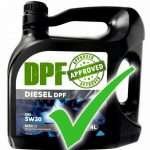
Critical for DPF Health: The correct oil minimizes diesel particulate production. Always use manufacturer-approved low-SAPS oil (Low Sulfated Ash, Phosphorus, Sulfur). This byproduct of diesel combustion directly clogs DPFs.
Why It Matters:
- Low-SAPS oil reduces ash accumulation by 60-80% vs. conventional oils.
- Check oil specs: Look for ACEA C2/C3 or API CK-4/FA-4 ratings.
3) Inspect EGR Valve & Air Intake
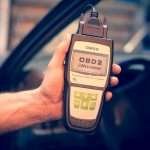 Critical for DPF Health: The correct oil minimizes diesel particulate production. Always use manufacturer-approved low-SAPS oil (Low Sulfated Ash, Phosphorus, Sulfur). This byproduct of diesel combustion directly clogs DPFs.
Critical for DPF Health: The correct oil minimizes diesel particulate production. Always use manufacturer-approved low-SAPS oil (Low Sulfated Ash, Phosphorus, Sulfur). This byproduct of diesel combustion directly clogs DPFs.
Why It Matters:
- Low-SAPS oil reduces ash accumulation by 60-80% vs. conventional oils.
- Check oil specs: Look for ACEA C2/C3 or API CK-4/FA-4 ratings.
4) Check Fuel Injectors
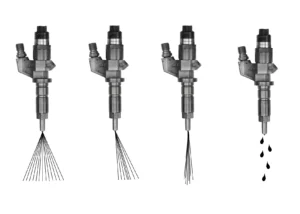
Hidden Failure Point: Worn injectors cause incomplete combustion → excess emissions → DPF blockage.
Key Facts:
- Average injector lifespan: 150,000-200,000 km.
- Symptoms are often invisible until severe damage occurs.
- Solution: Professional injector testing every 100,000 km prevents costly DPF replacements.
5) Buy the Right Diesel Vehicle!
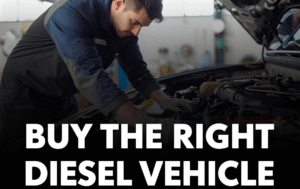
Prevention Over Cure: Before purchasing:
Research real-world ownership experiences in diesel forums/clubs.
Assess your driving patterns: If you rarely drive >30 mins at highway speeds, diesel may not suit you.
Critical Check: Ensure the model has proven DPF reliability records.
The Dark Side: Common DPF Problems Owners Face
| Issue – Cause | Symptoms – Cost to fix |
| Clogged Filter Short trips, low-quality fuel |
Loss of power, increased fuel consumption €1,000–€3,000+ |
| Failed Regeneration Faulty sensors, exhaust leaks |
Warning lights, limp mode €500–$€2,000 |
| Ash Accumulation Normal wear over 100k+ miles |
Permanent blockage €1,000–€5,000 (replacement) |
| Cracked Filter Thermal shock, poor maintenance |
Whistling noises, smoke €1,500–€4,000 |
The Aging DPF: When Filters Collapse
Even well-maintained DPFs have a lifespan. Critical failure points:
- Mileage Threshold: 250,000+ miles (or 400,000+ km)
- Driving Patterns: Frequent short trips → excessive regen cycles
- Thermal Stress: Repeated heating/cooling cracks the filter’s ceramic core
Symptoms of a Collapsing DPF:
- Whistling noises from exhaust
- Visible smoke (black/gray)
- Persistent blockage codes (e.g., P242F, P2002)
The 3 stages of a DPF filter:
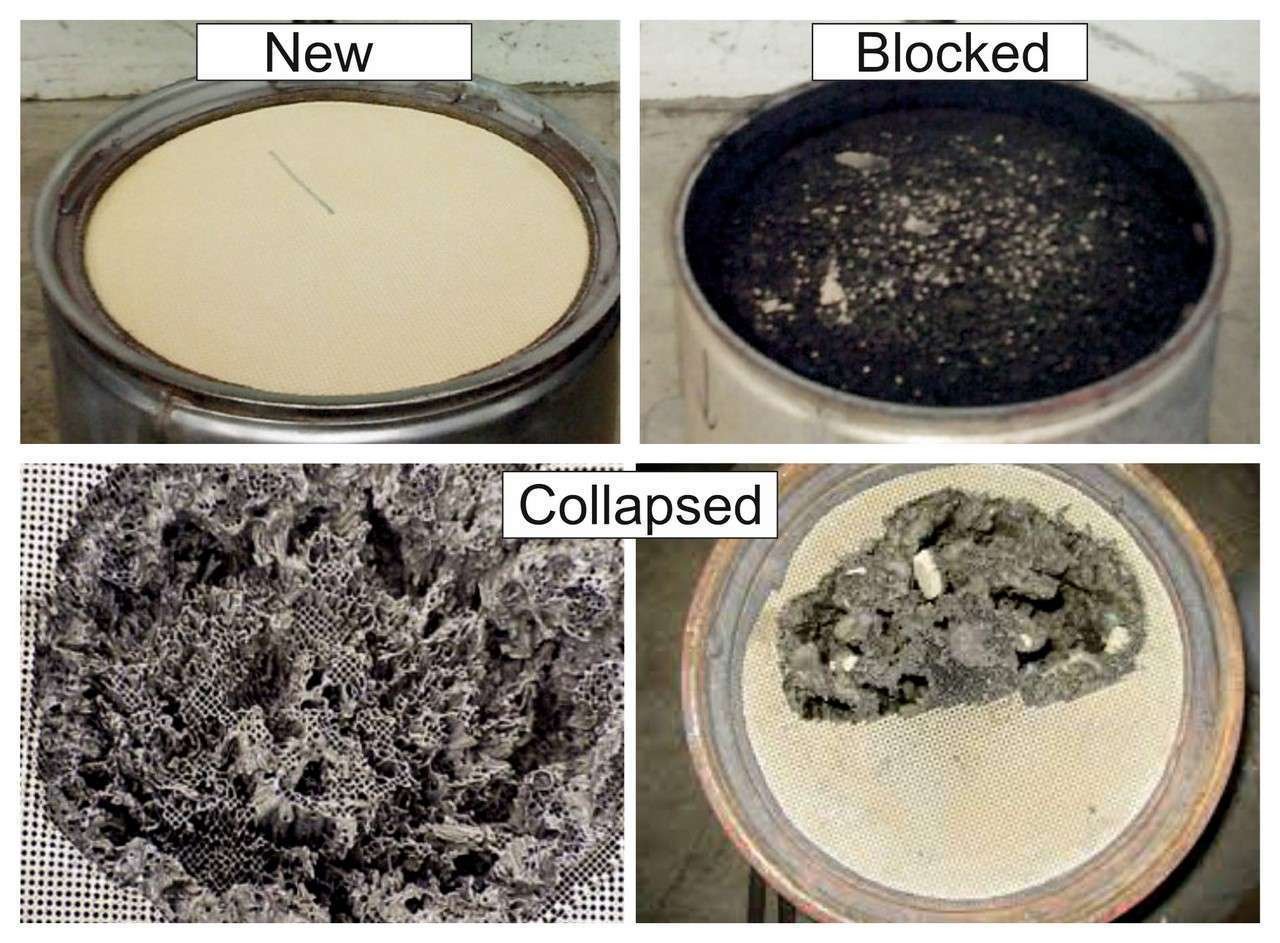
The DPF Cleaning/Replacement Trap
Unresolved DPF Problems? Why Cleaning/Replacement Fails Without Root Cause Fixes
You’ve cleaned or replaced your DPF, yet the warning light returns within days or weeks. Why? Diesel Particulate Filters (DPFs) are symptoms, not the root problem. Unresolved issues like faulty EGR valves, clogged injectors, or air leaks silently sabotage your DPF. Without fixing these first, cleaning or replacement is a temporary, costly fix.
Why ANY Cleaning Fails
Collapsed Filters: If the DPF’s internal structure is damaged, cleaning is useless.
- Ash Accumulation: Chemical/ultrasonic cleaning removes soot, not hardened ash.
- No Root Cause Fix: Cleaning a DPF while EGR/injector issues persist = guaranteed re-clog.
Why Replacement Fails
- Same Culprits Remain: A new DPF will clog just as fast if sensors, EGR, or turbo aren’t repaired.
- Costly & Temporary: Replacement costs €1,000–€5,000, yet offers no long-term solution.
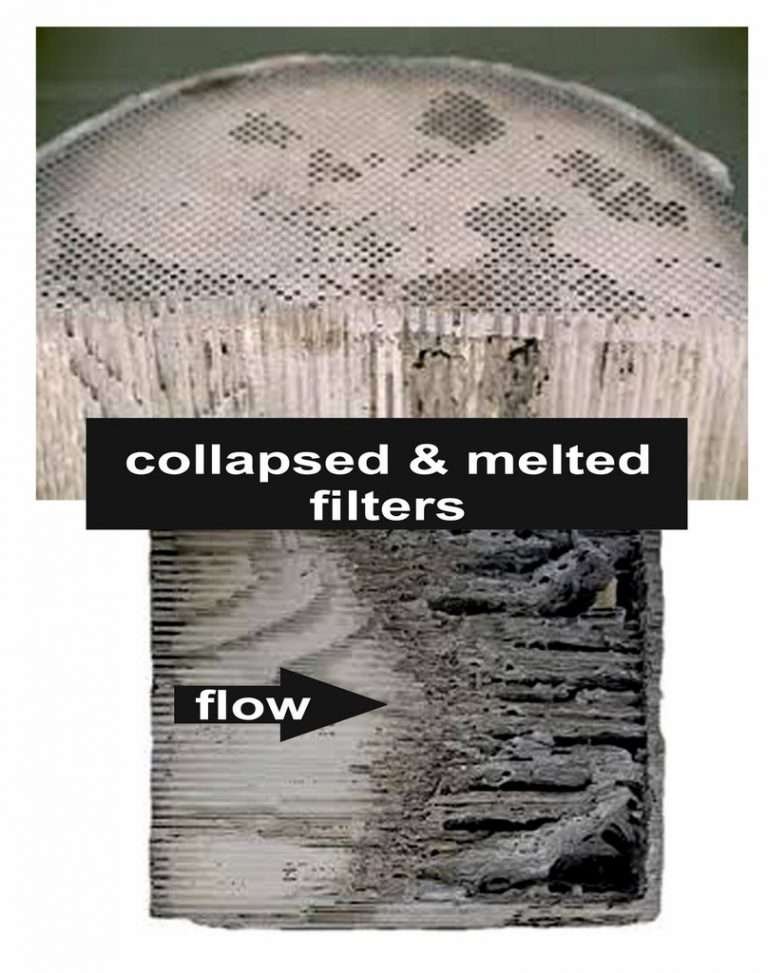
The Vicious Cycle of DPF Failures
The Hidden Culprits: Why DPFs Keep Failing
Most DPF blockages trace back to unresolved engine issues. Here’s how they sabotage your filter:
| EGR Valve Carbon buildup, stuck open/closed |
|
| How It Clogs Your DPF | Total carbon cleaner Solution |
| Increases soot production → overwhelms DPF | Pre-cleans EGR, prevents carbon deposits |
| Fuel Injectors Poor spray pattern, dribbling |
|
| How It Clogs Your DPF | Total carbon cleaner Solution |
| Unburned fuel → excess soot | Restores injector efficiency |
| Turbocharger Worn seals, vanes stuck |
|
| How It Clogs Your DPF | Total carbon cleaner Solution |
| Reduced boost → low combustion temps | Removes carbon from turbo components |
DPF vs. Alternatives: Why There’s No Easy Replacement
| DPF Mandatory |
|
| Pros Proven soot reduction |
Cons Clogging risks, high maintenance |
| SCR Systems Complementary |
|
| Pros Reduces NOx emissions |
Cons Requires AdBlue® fluid, complex |
| Gasoline Particulate Filters (GPF) Incompatible |
|
| Pros Lower soot levels |
Cons Not designed for diesel soot volume |
| Hydrogen-Assisted Combustion Preventative |
|
| Pros Reduces soot at source |
Cons Integration |
Conclusion: DPFs Are Here to Stay—But You Can Outsmart Them
DPFs remain the only viable solution for keeping diesel engines compliant in today’s emissions-focused world. While they’re prone to failures, proactive maintenance—especially hydrogen carbon cleaning—can mitigate risks.
The Solution: Total Carbon Cleaner
Stops DPF problems at the source:
- Pre-Cleans Critical Components:
- Removes carbon from EGR valves, injectors, turbo vanes, and intake manifolds.
- Optimizes Combustion:
- Hydrogen-enriched air burns fuel more completely → 70% less soot production.
- Extends DPF Life:
- Reduced soot load = fewer regen cycles = less thermal stress.
Fleet Advantage:
“For commercial fleets, our hydrogen cleaning cuts DPF replacements by 60%. Schedule preventative maintenance to avoid €10k+ in downtime and repairs.”
Owner Benefit:
“Stop chasing DPF warning lights. One hydrogen cleaning session protects your filter, restores performance, and saves €2k+ in future repairs.”
Protect your DPF
Ultimate Vehicle Maintenance Checklist: 15 Essential Tips for Safety & Performance

Introduction: Why Proactive Maintenance Matters
Your vehicle’s longevity depends on more than build quality—it hinges on consistent maintenance. Proper care not only preserves performance but also upholds the safety standards engineered into your car. This expanded checklist covers critical systems beyond basics, helping you avoid costly repairs and ensure every drive is safe and smooth.
I. Engine & Drivetrain Care
1. Oil System Health
- Why it Matters: Oil lubricates, cools, and cleans your engine. Neglect causes accelerated wear and overheating.
- Action Plan:
- Check oil level monthly (cold engine, flat surface).
- Change oil & filter per manual (typically 5k-10k km).
- Pro Tip: Use synthetic oil for high-mileage or turbo engines.
2. Air Filter Inspection
- Why it Matters: A clogged filter reduces airflow, lowering fuel efficiency by up to 10% and allowing contaminants into the engine.
- Action Plan:
- Inspect annually or every 15k km.
- Replace if dirty (hold to light—no light should pass through).
3. Emission System (DPF/GPF/Catalytic Converter)
- Why it Matters: Clogged filters cause power loss and failed emissions tests.
- Action Plan:
- Watch for warning lights (e.g., “DPF Full”).
- For diesel: Perform highway drives monthly to enable regeneration.
- Your Solution: “Prevent carbon buildup with hydrogen cleaning—[learn how].”
4. Transmission & Differential Fluids
- Why it Matters: Old fluid causes gear slippage, overheating, and transmission failure.
- Action Plan:
- Check fluid level/color (should be red/pink, not brown/black).
- Flush per manual (often 30k-60k km).
II. Safety-Critical Systems
5. Brake System Integrity
- Why it Matters: Worn brakes increase stopping distance by 20% or more.
- Action Plan:
- Listen: Squealing/grinding noises = worn pads.
- Feel: Pulsating pedal = warped rotors.
- Inspect: Pad thickness should be >¼ inch.
6. Tire & Wheel Maintenance
| Check Frequency |
Why Critical |
| Pressure Monthly |
Low pressure = 25% faster wear, blowout risk |
| Tread Depth Quarterly |
<3/32″ = unsafe in wet conditions |
| Alignment Annually or after impact |
Poor alignment causes uneven tire wear |
| Rotation Every 5k-8k km |
Extends tire life by 20%+ |
7. Lighting & Visibility
- Headlights/Taillights:
- Test monthly (ask someone to check).
- Clean lenses with baking soda paste to remove haze.
- Wiper Blades:
- Replace yearly or if streaking/chattering.
- Use winter blades for snow climates.
- Defrosters/Defoggers:
- Test before seasonal changes.
III. Fluid & Cooling Systems
8. Multi-Fluid Check
| Fluid Check Interval Warning Signs |
Consequences of Neglect |
| Windshield Washer Weekly Low reservoir level |
Visibility hazard |
| Engine Coolant Monthly Rusty color, low level |
Engine seizure (€3k+ repair) |
| Power Steering Monthly Stiff steering, whining noise |
Pump failure |
| Brake Fluid Every 6 months Spongy pedal, dark color |
Brake failure |
9. Cooling System Flush
- Why it Matters: Coolant loses anti-corrosion properties over time, leading to radiator/ heater core failure.
- Action Plan: Flush every 30k km or 2 years.
IV. Electrical & Battery
10. Battery Health
- Why it Matters: 70% of battery failures occur without warning.
- Action Plan:
- Test voltage annually (should be 12.6V+ when off).
- Clean terminals with baking soda/water mix.
- Replace every 3-5 years.
11. Alternator & Starter
- Warning Signs:
- Dimming lights, slow crank = alternator issue.
- Clicking sound = starter failure.
V. Suspension & Steering
12. Shock Absorbers/Struts
- Test: Push down on hood—should rebound once.
- Why Fix: Worn shocks increase stopping distance by 10%.
13. Steering Components
- Check For:
- Loose steering wheel play.
- Clunking noises when turning.
- Critical: CV joint boots (cracked boots = €1k+ repair).
VI. Seasonal & Preventative Checks
14. Winter Prep
- Antifreeze protection test.
- Winter tires.
- Emergency kit (blanket, shovel, jumper cables).
15. Summer Prep
- AC system performance check.
- Coolant boil-over protection.
- Tire pressure adjustment (heat increases PSI).
VII. Professional Diagnostics
16. When to Visit a Mechanic
- Warning Lights: Never ignore check engine, ABS, or airbag lights.
- Unusual Noises: Squealing belts, grinding brakes, humming wheels.
- Performance Drops: Reduced power, poor fuel economy, rough idling.
- Annual Inspection: Even if no issues, catch problems early.
